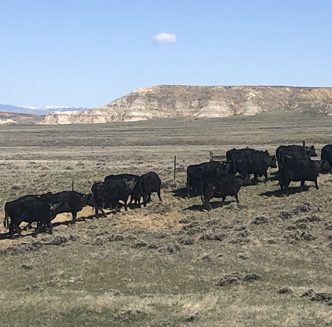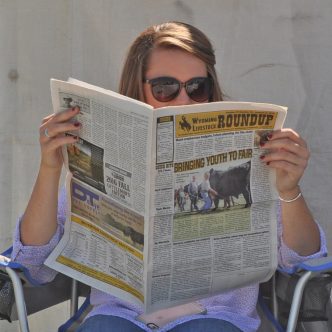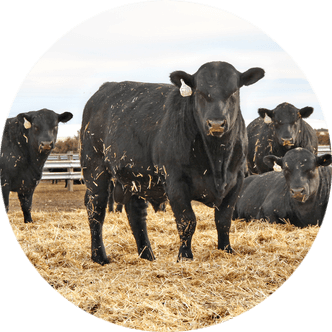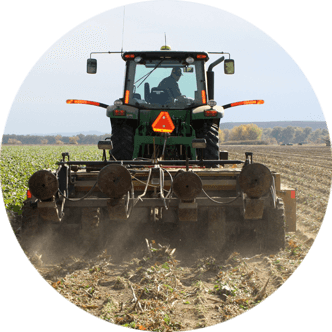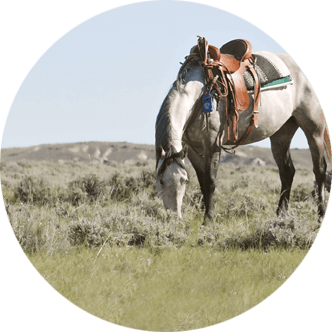Dog Days of Summer: Wyoming faces worsening mid-summer drought conditions and water shortages
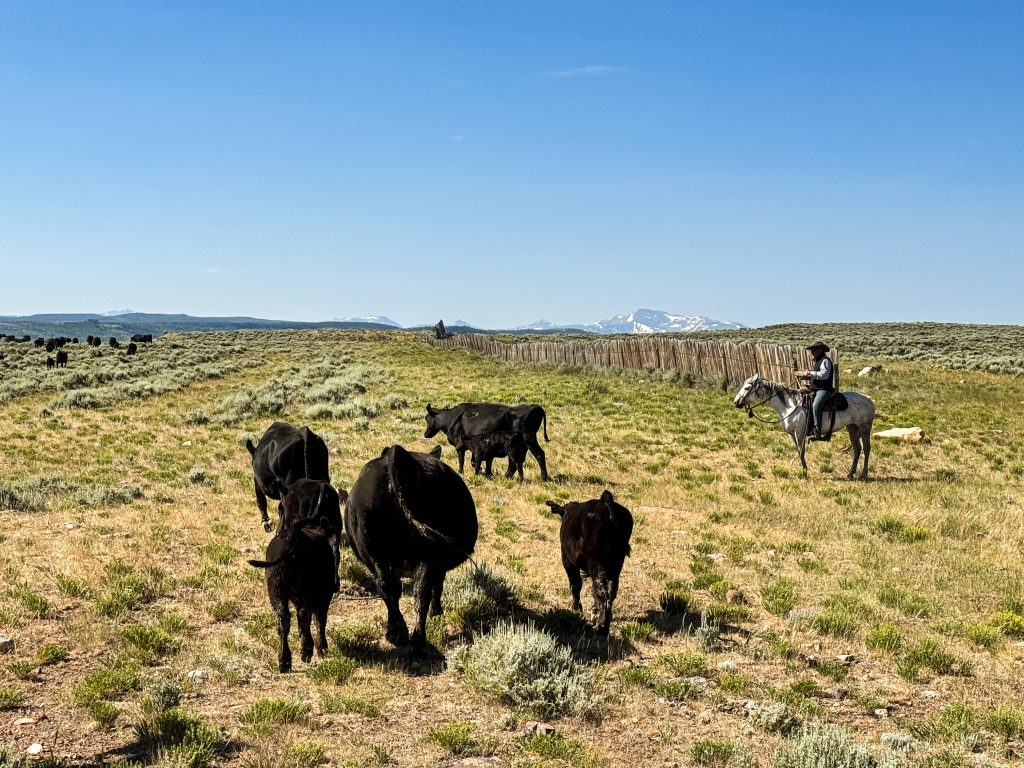
While some areas of Wyoming have seen drought conditions improve by as many as three categories this summer, the majority of the state finds itself grappling with expanding drought conditions and dwindling water supplies.
The hot, dry conditions have led to mounting pressure on ag operations across the state, forcing some producers to cut their grazing short and their hay earlier.
Worsening drought
According to the U.S. Drought Monitor (USDM), drought conditions intensified across most of the West, with large portions of Wyoming in moderate drought or worse and some severe areas emerging.
In the June 2025 Drought Climate Summary, the National Drought Mitigation Center (NDMC) says locations across northeastern North Dakota, southeastern South Dakota, eastern Nebraska, the Nebraska-Kansas border, western Wyoming and northwestern Colorado saw drought conditions worsen by one to two categories.
NDMC further reports temperatures across Wyoming, South Dakota, Nebraska and Colorado were two to four degrees warmer than usual. A notable heat event in mid-June brought triple-digit temperatures to portions of eastern Wyoming, stressing dry soils and increasing wildfire concerns.
“Rainfall varied widely across the region. Much of western and northwestern Wyoming, central South Dakota and North Dakota received one to three inches less rain than normal,” reads the report. “In contrast, parts of Colorado saw wetter than usual conditions, especially in the north, south and east.”
Record-low flows
In addition to above normal temperatures and lack of rainfall, the National Integrated Drought Information System (NDIS) says snowpack has nearly disappeared from monitoring stations across the West as hot, dry conditions accelerated snowmelt and early snowpack loss.
“Snow disappeared early even in areas without widespread snow drought conditions and with above normal peak snow water equivalent,” notes NDIS.
While much of Wyoming experienced near normal snowpack, the state was no exception to this trend. In fact, according to NDIS data, snow at 84 percent of the state’s Snowpack Telemetry stations – 57 locations – melted earlier than usual
Summer streamflow forecasts have also been significantly below normal across the region, heightening water availability concerns for irrigation, summer stock water and wildfire mitigation.
The U.S. Department of Agriculture’s Natural Resources Conservation Service’s June-July Water Supply Forecast indicates below median runoff for the entire northern Rocky Mountain Region, with the majority of large river basins expected to receive less than 80 percent of median flows.
“Forecasts for the Marias, Salmon and Upper Snake river basins are among the lowest in the region at 45, 65 and 67 percent of median, respectively,” NDIS reports. “Moderate and severe drought are present throughout the region, according to USDM. Based on the late onset snow drought conditions, near to below median October through May observed runoff and below median June to July forecasted runoff, the National Oceanic and Atmospheric Administration’s Climate Prediction Center forecasts drought will persist through the rest of the summer.”
In a July 23 WyoFile article, Journalist Mike Koshmrl reports the U.S. Geological Survey (USGS) shows record-low flows across the Cowboy State.
He notes a river gauge above Jackson Lake detected less water than it ever has before during the last week of July, with just 147 cubic feet per second (CFS) – the lowest streamflow reported in 41 years of data collection.
The typical flow in this area at the end of July is 516 CFS, and the previous minimum flow for July 23 was 263 CFS.
Additionally, according to USGS state monitoring, the Wind River near Kinnear was only carrying 295 CFS as of July 23, which is less than any other July 23 in 40 years of recordkeeping.
The Bear River above the Woodruff Narrows Reservoir reported a dismal two CFS – seven percent of the median 31 CFS detected over the 63 years of data collection.
The bright side
On the bright side, not all of the West has seen drought conditions worsen.
In fact, NDMC notes drought conditions improved across all six High Plains states from May through late June, with as much as three-category improvements seen in eastern Wyoming.
Other areas experiencing noticeable improvements include western North Dakota, northern South Dakota, central Nebraska, central and southern Kansas and southeastern and southwestern Colorado.
Hannah Bugas is the managing editor of the Wyoming Livestock Roundup. Send comments on this article to roundup@wylr.net.

